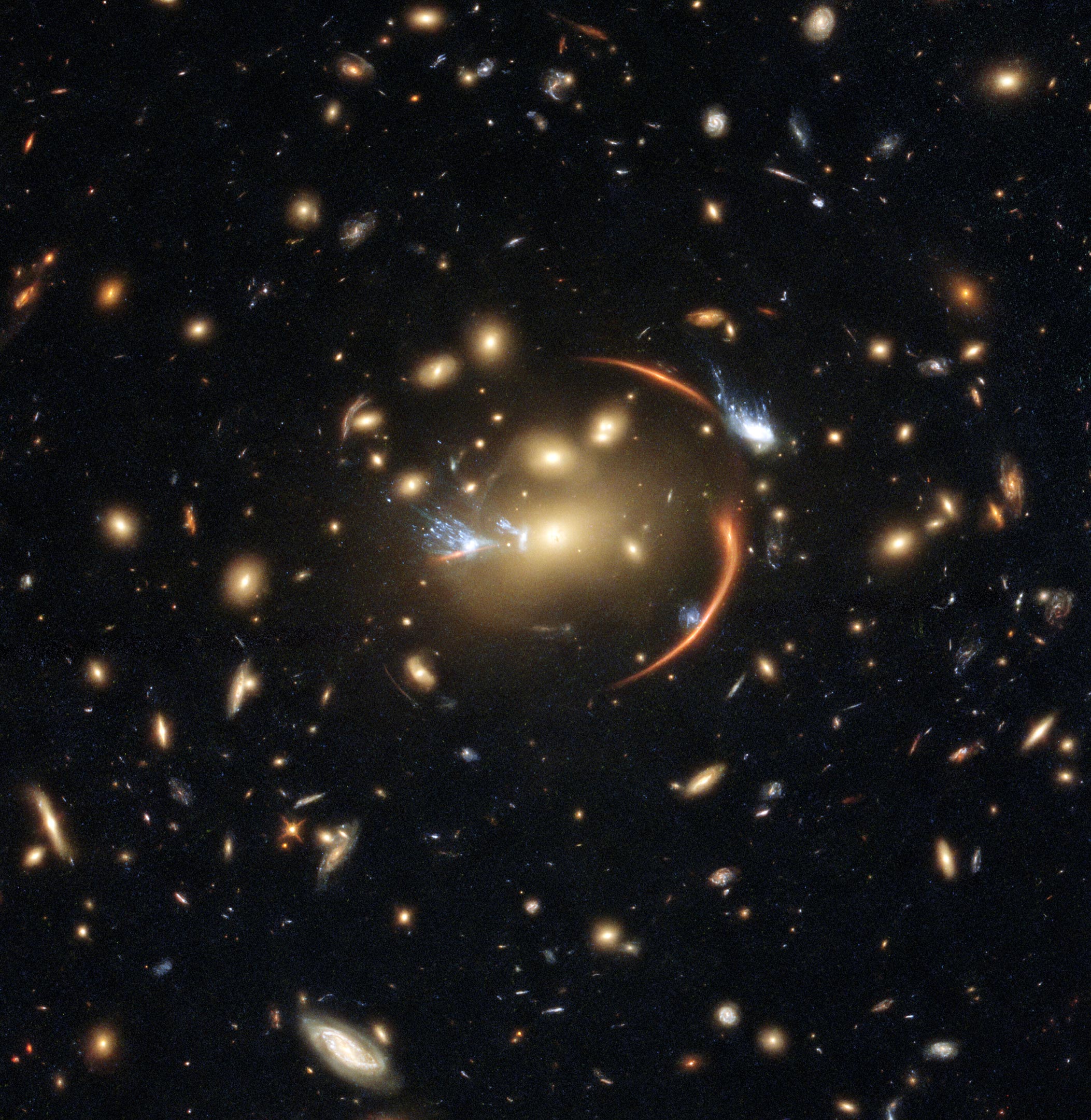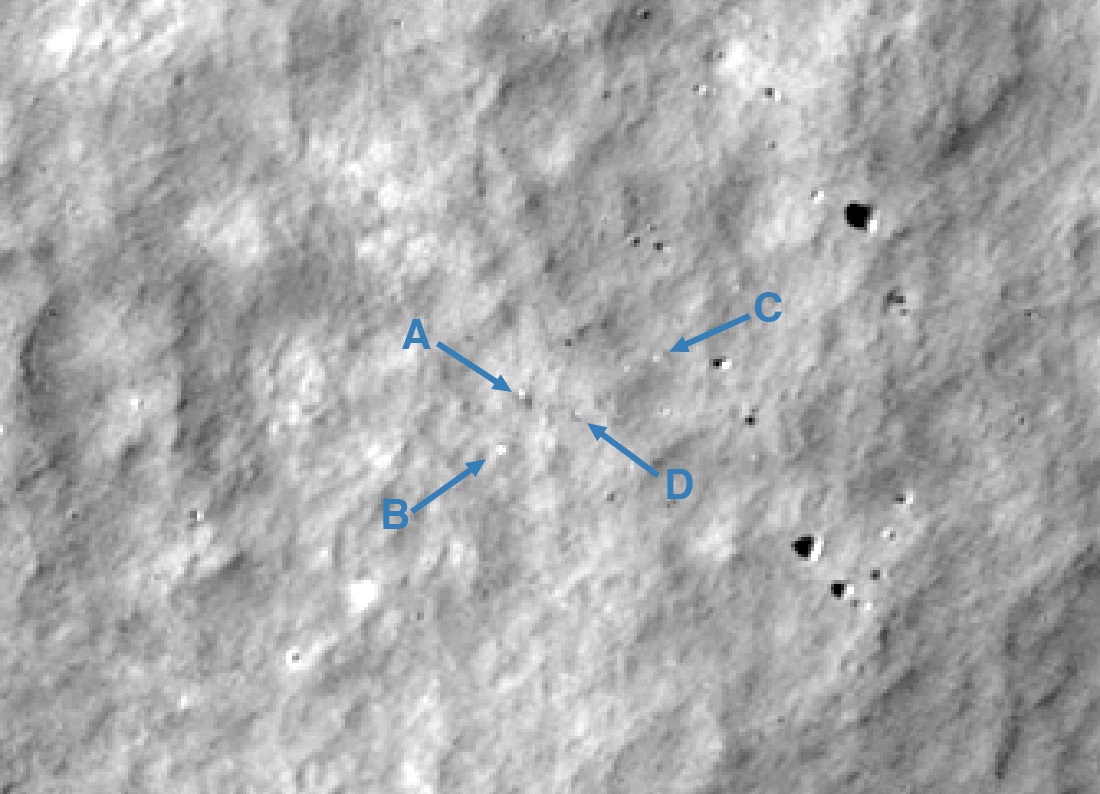Health
People may have brain cells that make us want breakfast, lunch and dinner at around the same time each day – regardless of how large our last meal was
By Clare Wilson

The activity of certain neurons in the brain may determine when we feel hungry
Rost-9D/Getty Images
A group of brain cells in mice seems to trigger hunger based on what time of day the animals usually eat – and the neurons’ activity can be reset by forcing a change in feeding patterns.
If the results translate to people, it could explain why we tend to feel hungry around our usual breakfast, lunch or dinner times, even if a previous meal was super-sized. “We used to think that hunger slowly creeps in as energy resources…
Article amended on 22 November 2023
The headline of this article has been changed to better reflect the findings of the research.
No commitment, cancel anytime*
Offer ends 28th October 2023.
*Cancel anytime within 14 days of payment to receive a refund on unserved issues.
Inclusive of applicable taxes (VAT)
or
Existing subscribers
More from New Scientist
Explore the latest news, articles and features
Note: This article have been indexed to our site. We do not claim legitimacy, ownership or copyright of any of the content above. To see the article at original source Click Here













